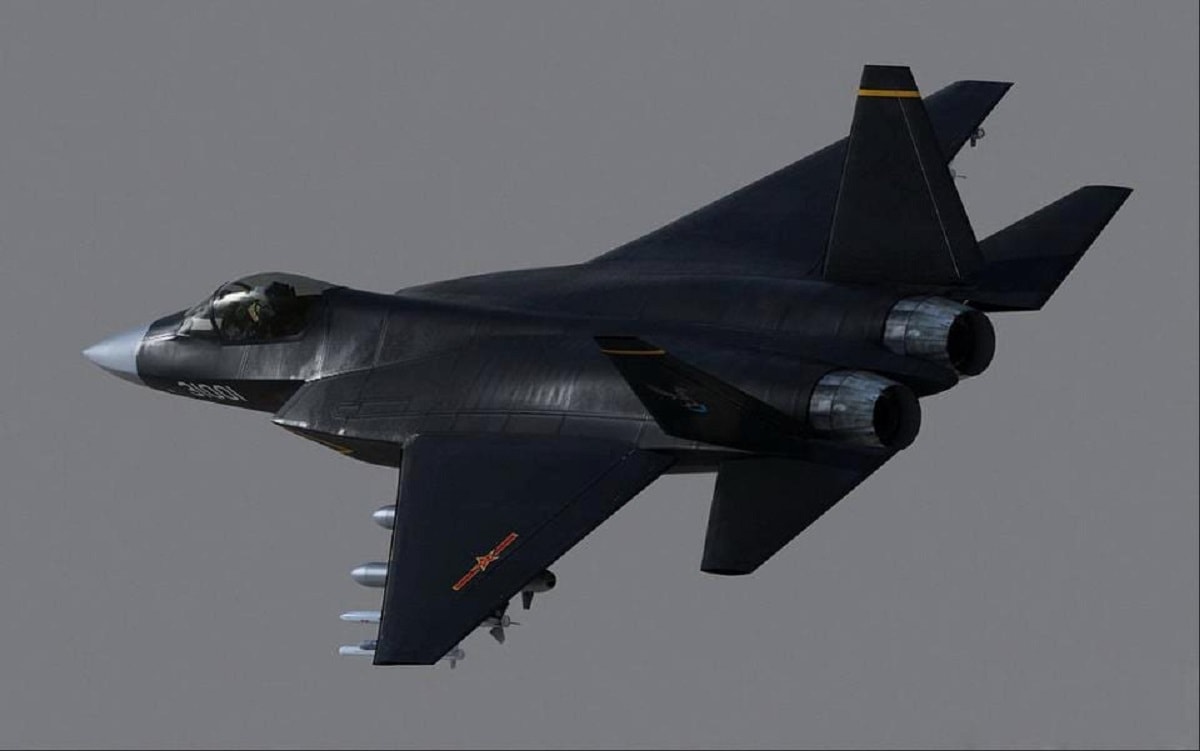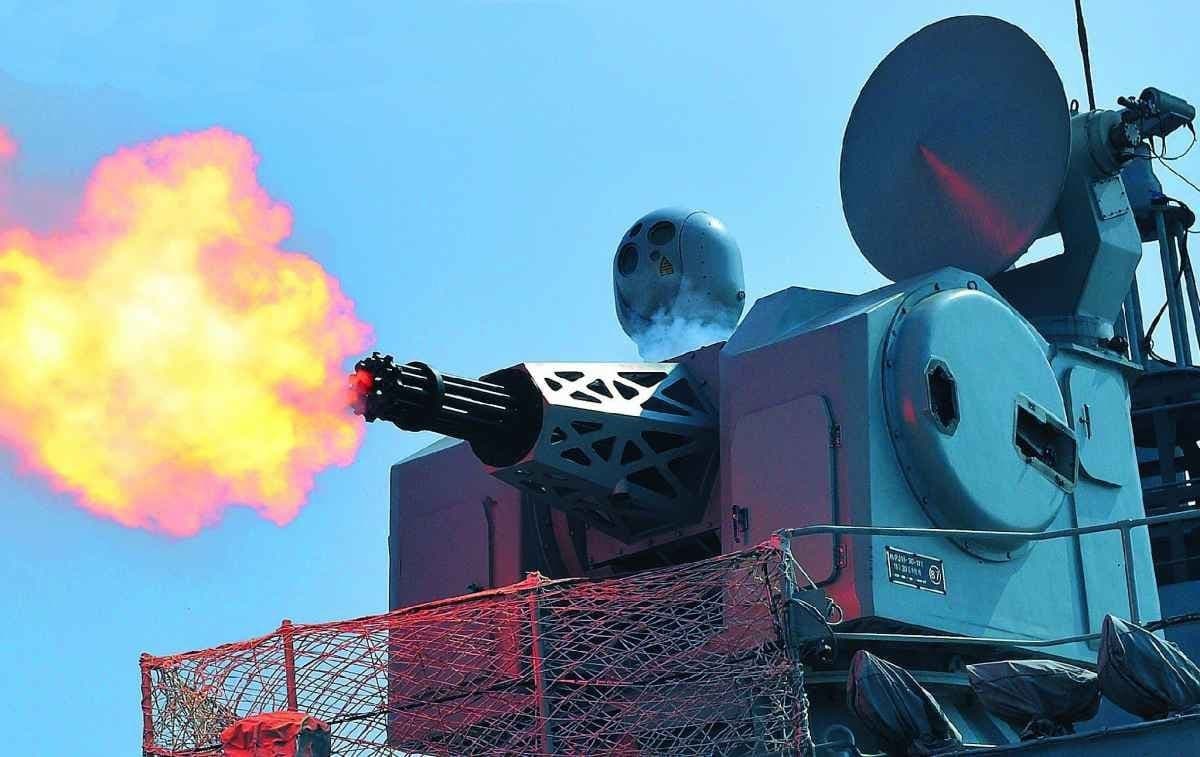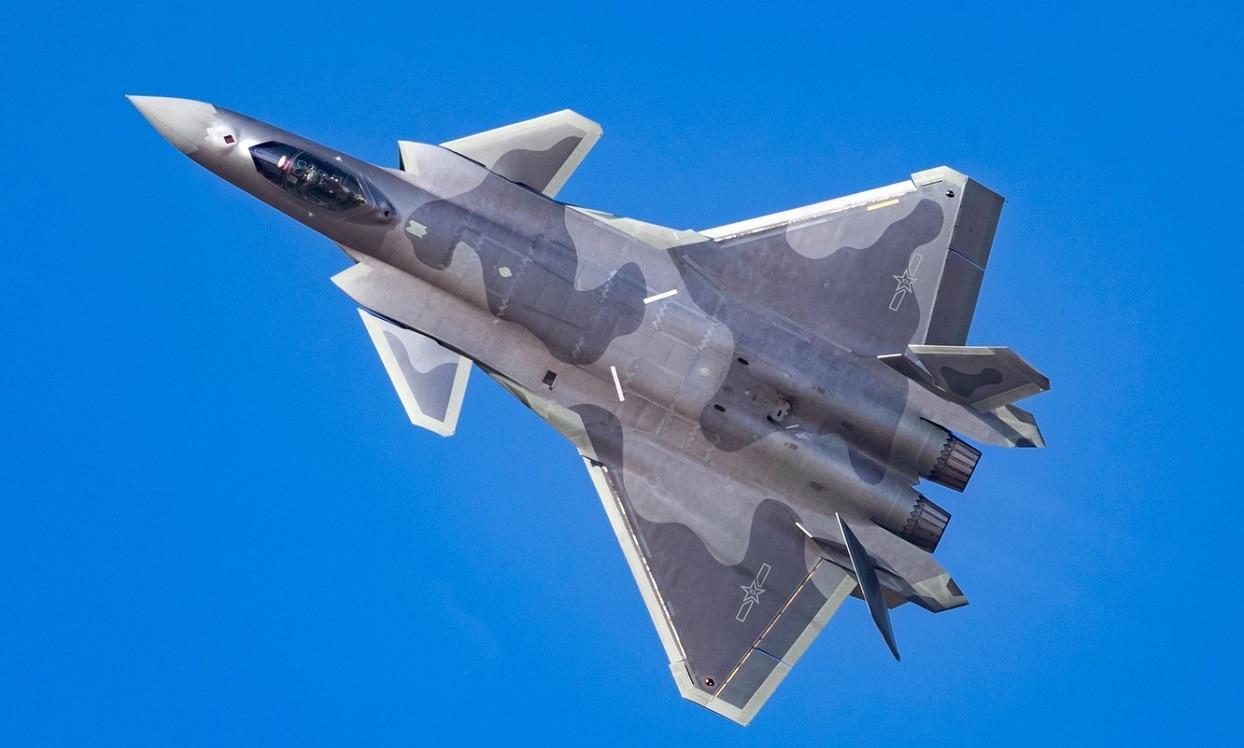How much spending is too much spending?
James Laurenceson and Chengxin Pin ask this question in the context of the rhetoric surrounding AUKUS, which used the military threat posed by China to justify a major change in strategic orientation. The recent DoD report on China’s military capabilities lists a $209 billion defense budget, which constitutes 1.3% of China’s GDP. The report suggests, however, that budget chicanery may mean that that the actual number is between 1.1 and 2x higher.
The Stockholm International Peace Research Institute estimates Chinese defense spending at 1.7% of GDP. The United States continues to spend more than China in absolute terms and at a higher rate compared to GDP. Military analysts explain this disparity by referring to America’s global military commitments, which China currently lacks, and the size and age of American fielded forces. Nevertheless, it makes sense to clarify the bounds of what Chinese aggression looks like from a spending point of view.
Much of the issue revolves around the question “how much do revisionist powers spend on defense?”
It goes to reason that states committed to violently changing the international system would accelerate spending compared to those who enjoyed the status quo. During the interwar period, for example, Japan displayed precisely this tendency. Even though the US economy was larger than the Japanese by a factor of five, Japan regularly matched US defense expenditure. That the United States needed a military presence in both oceans gave Japan an advantage in the Pacific.
Japan, in short, looked and spent like a power that wanted to violently upend the status quo and establish a new regional order. But even numbers can be confusing. Estimates of the impact of Soviet defense spending on the Soviet economy are incredibly controversial, but the best data we have suggests that Moscow spent some 15% of its GDP on defense by the 1980s. It is not obvious, however, that the USSR of the 1980s was committed to the violent transformation of the status quo, as opposed to the vigilant defense of its own position. China does not, at the moment, look like either Japan or the Soviet Union; Beijing’s military capabilities are impressive, but they do not yet threaten to break the bank.
Of course, there are confounding factors. China may be reporting its defense budget in ways that conceal major capabilities, even from an organization like SIPRI. With most of its arms industry insulated from foreign input, China enjoys a multiplier advantage from purchasing power parity calculations, as technology, resources, and personnel are cheaper for China than for the United States. The upper limit of the DoD report allows 2.6% of GDP. There are also tactical factors. China may also derive benefits from the balance of offensive and defensive technologies in the Western Pacific, in the same way that the Soviet Union enjoyed a massive conventional advantage in Europe despite a generally unfavorable military balance. China’s ability to control the South China Sea through land-based aircraft, short-ranged submarines, and land-based missiles may give it the military advantage without an overwhelming budgetary advantage.
China’s relatively low level of spending is unsustainable given the capabilities it has developed. All of the ships, aircraft, and missiles that the PLA has acquired will require maintenance, modernization, and updates. If China wants to maintain the forces it is building both at sea and on land, it will need to expand its defense budget. Given that the United States has already reacted with hostility to the size and extent of China’s military arsenal, this bodes ill for future relations. If we don’t like 1.7%, how are we going to react to 3.5%? Of even more concern is the question of what the United States will do if China begins to pursue defense spending on the scale of interwar Japan, the Cold War Soviet Union, or even the contemporary United States.

Image of possible FC-31 stealth fighter that is under consideration for service in the PLAN. Image Credit: Chinese Internet.

Image: Chinese Internet.
The United States is ringing the alarm bells, but China hasn’t even begun to flex its muscles.
Now a 1945 Contributing Editor, Dr. Robert Farley is a Senior Lecturer at the Patterson School at the University of Kentucky. Dr. Farley is the author of Grounded: The Case for Abolishing the United States Air Force (University Press of Kentucky, 2014), the Battleship Book (Wildside, 2016), and Patents for Power: Intellectual Property Law and the Diffusion of Military Technology (University of Chicago, 2020).

